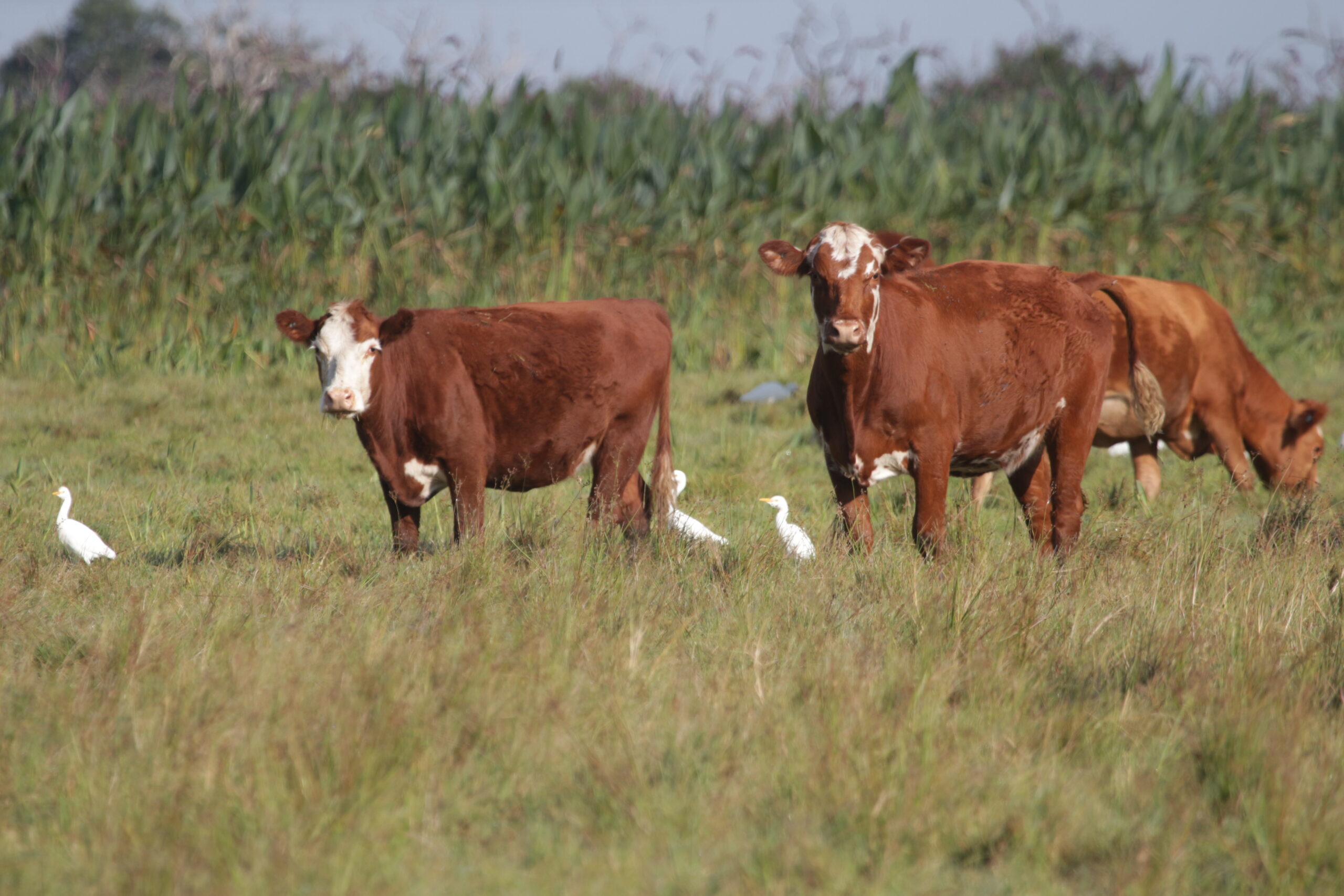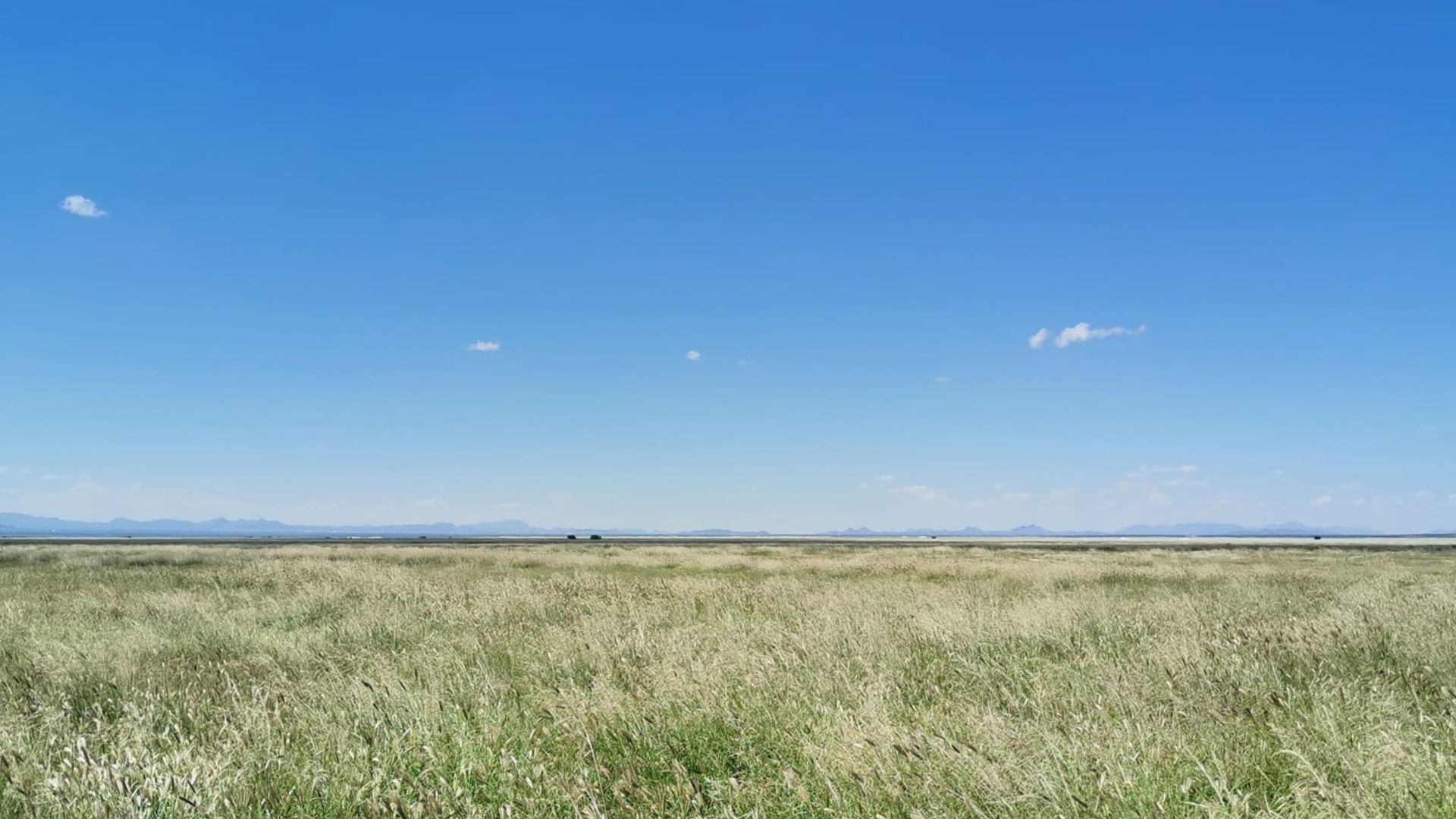scroll

In the heart of Argentina’s Pampas, an unlikely alliance is changing the narrative around ranching, biodiversity, and climate action.
Through Boomitra’s partnership with AVES Argentinas—a leading national conservation organization and BirdLife International affiliate—ranchers in 12 provinces across the country are restoring grasslands, protecting endangered species, and sequestering carbon through regenerative practices. This work is based on the nearly 20 years of experience of Alianza del Pastizal, an initiative whose main objective is the conservation of biodiversity in productive environments.
This work is generating high-integrity, nature-based carbon credits from one of the world’s most threatened ecosystems, with co-benefits that go far beyond the carbon alone.
“The future lies in both producing and conserving,” noted AVES Argentinas.
Argentina’s native grasslands once stretched unbroken across vast regions, but nearly 80% have been converted or degraded, making them one of the most imperiled ecosystems on Earth. And as the grasslands vanish, so do the species that depend on them. Thirty bird species are strictly tied to these habitats, many of them endangered.
Yet, these same grasslands offer tremendous potential for climate impact. Deep-rooted native grasses are powerful carbon sinks, storing organic carbon securely in the soil. But with 98% of grasslands in private hands, mostly used for ranching, conservation depends on engaging ranchers—not excluding them.
That’s exactly what Alianza del Pastizal is working towards. Working with over 100 ranchers, the alliance promotes livestock practices that enhance biodiversity and ecosystem health.
Boomitra’s support has allowed AVES Argentinas to focus on implementing improved practices and builds on this work by generating carbon removal credits registered under Verra’s VM0042 methodology, a rigorous and scientifically advanced framework for measuring soil organic carbon increases from improved land management. To ensure broader impact, these credits also include biodiversity and community co-benefits verified through the Climate, Community & Biodiversity (CCB) Standards, a respected certification that ensures projects support local livelihoods and protect ecosystems alongside carbon drawdown.
Boomitra reached out to AVES Argentinas about two years ago, with an interest in forming a partnership. “It quickly became clear that this initiative represents the best opportunity to offer concrete and differentiated benefits to producers working to conserve biodiversity,” said AVES Argentinas. Boomitra’s willingness to adapt to local needs and support the development of high-integrity, multi-impact credits was the final selling point.
Together, Boomitra and AVES Argentinas are supporting ranchers who implement rotational grazing, divide pastures by habitat type, protect native vegetation, and establish biological corridors, all of which help capture carbon and restore ecosystem function.
For many ranchers, this project is transformative—not just environmentally, but socially.
“For a long time, it’s been a common myth that ranching contributes to climate change,” said AVES Argentinas. “However, this project helps show that well-managed ranching can actually be the opposite.”
Ranchers are responding with enthusiasm and pride. They see the project as a way to have their conservation efforts recognized.
“In addition to environmental benefits, many producers are motivated by the possibility of being rewarded for doing things right—a sort of prize for producing and conserving. Having that effort recognized, both economically and environmentally, strengthens their commitment and dignifies a way of life that often goes unnoticed.”
“Embracing this project has redefined our relationship with the environment and reshaped the way we work. Our production processes are now intertwined with the natural world, this changed us, we became stewards of the land, guardians of biodiversity, and contributors to the wellbeing of the entire biosphere. This alignment creates positive and reinforcing feedback loops between our production and the prosperity of mother nature,” said Robert Augspach, a rancher enrolled in the project. “The project allowed us to shed light on the often-overlooked aspects of our work—making them visible to ourselves, to our peers, and to the wider world. It has brought a renewed sense of dignity to what we do, strengthened mutual recognition, and inspired others to become part of this effort.”
The results are already visible. At Santa Bárbara Ranch in Corrientes, native biodiversity is thriving. Thanks to responsible grazing and intentional habitat management, the ranch now hosts nearly all of the region’s threatened birds, including the Saffron-cowled blackbird, Strange-tailed Tyrant, Iberá Seedeater, and more. The ranch has also provided habitat to threatened mammals, reptiles, and amphibians.
Across other project sites, producers are actively participating in rewilding efforts, constructing nesting protections, and even installing floating platforms in water tanks to prevent birds from drowning. These are practical, community-led actions with measurable impact.
The benefits extend far beyond climate.
“Grassland-based ranching is a cultural heritage as threatened as biodiversity itself. This project supports rural livelihoods and fosters pride in this nature-connected way of life,” noted AVES Argentinas.
Participating ranchers are now becoming role models in their regions, demonstrating that it’s possible to earn a living, preserve culture, and restore nature at the same time.
For buyers seeking high-quality nature-based removals, Boomitra’s Grassland Restoration in South America project offers:
Verified carbon sequestration from soil, without reliance on chemical inputs.
Measurable biodiversity restoration, including endangered species recovery.
Rural livelihood enhancement, in addition to the protection of ecosystem services.
Rigorous third-party verification, through Verra and the CCB Standard.
Currently covering more than 76,000 acres and delivering an estimated annual removal of more than 38,000 tonnes, this project is expected to scale to more than 500,000 acres over the next three years. More restoration, more resilience, more impact.
“Carbon sequestration through Boomitra credits is the result of a model that integrates production and the conservation of nature as part of the same framework,” said AVES Argentinas. “It’s a unique opportunity to reward producers who operate like this.”
Boomitra and AVES Argentinas are proving that carbon markets can do more than offset emissions—they can regenerate landscapes, restore species, and uplift rural communities. That’s a future worth investing in.
As global demand grows for carbon credits with co-benefits that go beyond the ton, this work in Argentina offers a blueprint for scaling regenerative, community-rooted, nature-based solutions.
To support this work—or inquire about purchasing credits from Argentina’s regenerative grasslands—get in touch.


